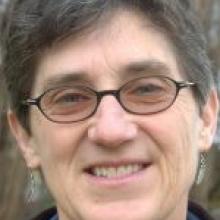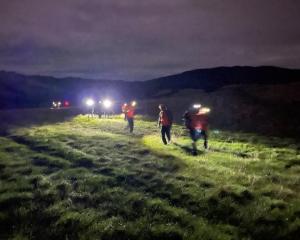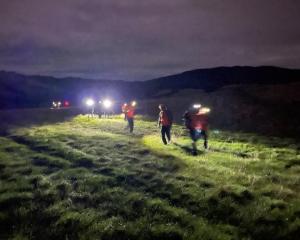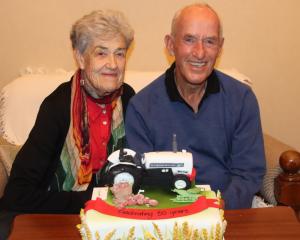
The Otago Regional Council monitors air quality in 11 towns as part of a programme to meet the National Environmental Standard (NES).
It requires the average daily PM10 level (of very small particulates) not to exceed 50mcg (micrograms) per cubic metre in a 24-hour period more than once a year, by 2013.
The NES also requires levels to show a steady improvement from 2005.
Council air quality scientist Deborah Mills said overall, the number of days during which towns' air quality exceeded the NES was much lower than in 2008.
For example, Alexandra recorded 74 days in 2008, but only 40 this year and Clyde 37 in 2008 and 24 this year.
However, Dunedin and Mosgiel's numbers were similar to last year's.
Other differences in the two years included towns like Alexandra experiencing a quarter of its winter incidences of excessive PM10 levels in May 2008, yet none in May 2009.
Figures in 2007 were similar to 2009, so now 2008 stood out as a "bad year", she said.
The reason for the drop in days over the limit between 2008 and 2009 was probably due to the different weather pattern for the two winters, she said.
Balclutha was monitored this winter for the first time, exceeding the NES only twice, compared to neighbouring Milton's 34 instances.
Milton experienced the highest one-day reading of the season of 144mcg per cubic metre - three times the NES.
Alexandra followed with 137mcg per cubic metre.
"The four Central Otago towns and Milton all had high one-day values of over 100 [mcg per cubic metre]."
Those high one-day readings were similar to the ones experienced in 2008, she said.
Lawrence was monitored for the first time this winter, but only every three days, and during the winter exceeded the NES six times.
Oamaru was in its second year of monitoring and exceeded the NES twice.
With continuous monitoring for more than five years in spots like Alexandra, Arrowtown and Dunedin, the council was just starting to have enough data to start looking at patterns and to measure progress towards the 2013 goal.
To do that, staff needed to work out how to take the weather "out of the equation", she said.
"We need to understand the relationships more clearly."
The Clean Heat, Clean Air programme was certainly going to be helping when it came to putting out less particulate, Ms Mills said.
The 2009 data would be assessed, with a report probably going to the council in October, she said.












